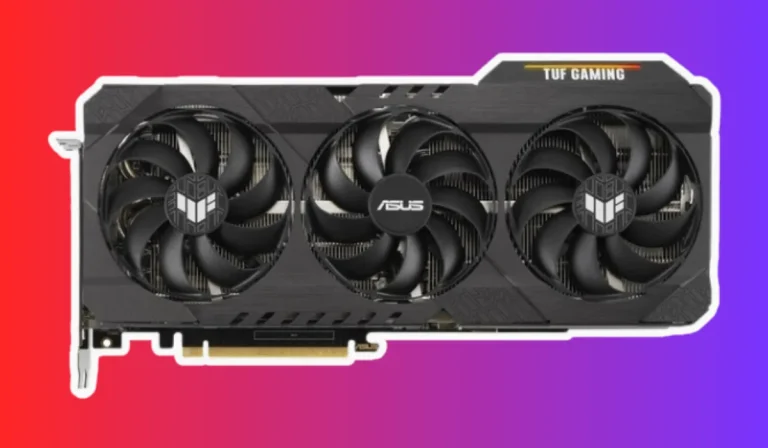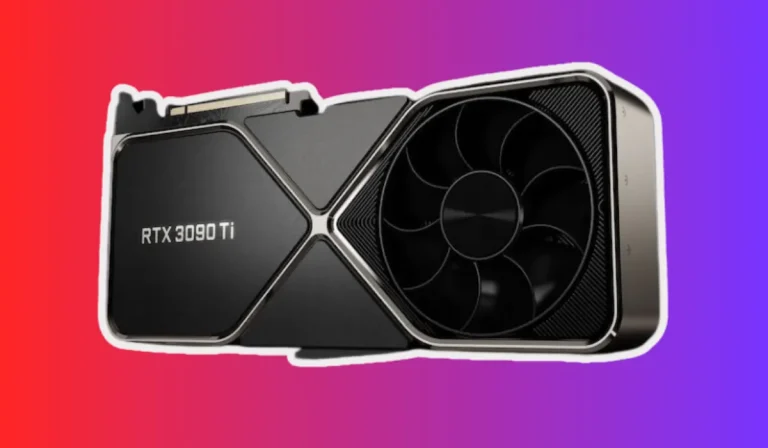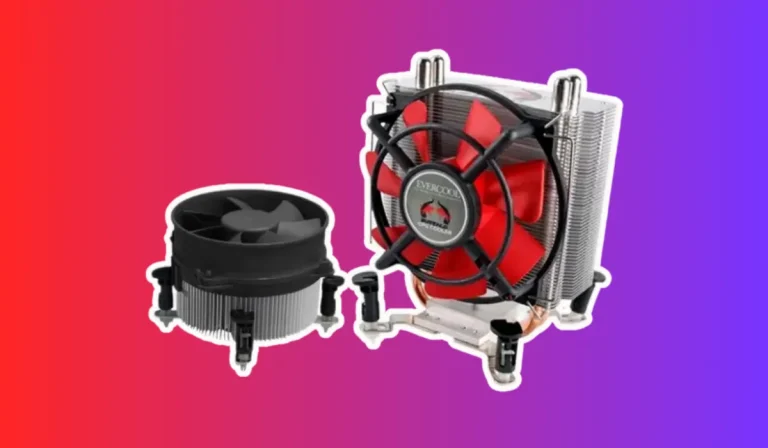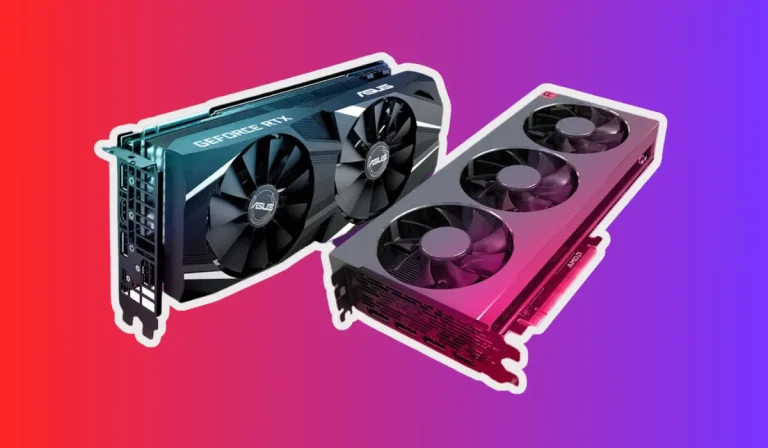How Often Should I Upgrade My Graphics Card?
Are you wondering how often you should upgrade your graphics card to level up your gaming experience? Look no further! In this guide, we’ll uncover the secret to optimizing your gaming performance with the right graphics card upgrades. Whether you’re a casual gamer or a hardcore enthusiast, understanding the lifespan of your graphics card is crucial. Let’s dive in!
Signs it’s Time to Upgrade
Are you wondering if it’s time to upgrade your graphics card? Don’t worry, we’ve got you covered! Here we’ll explore the telltale signs that indicate it’s time to consider upgrading your graphics card. Following are the signs that you shouldn’t ignore!
1. Reduced Performance: If you notice that your games are running slower than usual, with lower frame rates, lag, or stuttering, it’s a clear signal that your current graphics card may be struggling to keep up with the demands of modern games. Upgrading to a more powerful card can breathe new life into your gaming experience.
2. Compatibility Issues: New games and software often require more advanced graphics capabilities. If you find that your current graphics card is no longer compatible with the latest games or struggle to run them smoothly, it’s a strong indicator that an upgrade is necessary.
3. Outdated Technology: Technology evolves rapidly, and graphics card manufacturers regularly release newer models with improved features and performance. If your graphics card is several generations old and lacks the latest technologies, upgrading to a more recent model can provide you with better graphics quality, higher resolutions, and improved visual effects.
4. System Requirements: Pay attention to the recommended system requirements of the games you want to play. If your current graphics card falls short of meeting those requirements, it’s a sign that an upgrade may be needed to ensure optimal performance.
Graphics Card Upgrade Frequency
Determining the right upgrade frequency for your graphics card is crucial to ensure a smooth and enjoyable gaming experience. While there’s no one-size-fits-all answer, here are some essential factors to consider:
1. Technological Advancements: Keep an eye on the latest advancements in graphics card technology. As new architectures and features are introduced, they can significantly enhance gaming performance.
If you want to experience the latest graphical innovations and take advantage of improved performance, consider upgrading whenever significant technological leaps occur.
2. Game Requirements: Pay attention to the system requirements of the games you want to play. Game developers often optimize their titles for the latest hardware, which may require a more powerful graphics card.
If you find that your current card struggles to meet the recommended requirements, it might be time to upgrade to ensure a smooth gaming experience.
3. Budget Considerations: Upgrading your graphics card can be a significant investment. Evaluate your budget and consider how much you’re willing to allocate for upgrades.
If your budget allows, upgrading every few years can help you stay ahead of the curve. However, if budget constraints are a concern, you can extend the lifespan of your current card and plan for upgrades at longer intervals.
Remember, upgrading too frequently may not always provide substantial performance gains while waiting too long might leave you with outdated technology.
Assess your gaming needs, budget, and the pace of technological advancements to determine the ideal upgrade frequency that works for you.
Factors to Consider
When it comes to upgrading your graphics card, there are several important factors to consider before making a decision. We will delve into the key factors that can help you make an informed choice. We will explore these factors and ensure you choose the right graphics card upgrade for your needs!
1. Performance Needs: Assess your performance requirements based on the type of games or software you use. If you’re an avid gamer or work with demanding graphic-intensive applications, you’ll likely benefit from a more powerful graphics card. On the other hand, if you mainly engage in light gaming or use less demanding software, a mid-range card might suffice.
2. Budget: Set a budget for your graphics card upgrade. Consider how much you’re willing to spend and find a card that offers the best value within your budget range.
Remember, while high-end cards may provide top-notch performance, mid-range options can still deliver excellent results without breaking the bank.
3. Compatibility: Ensure that the graphics card you choose is compatible with your system. Check your motherboard’s compatibility, power supply requirements, and physical space available in your PC case. Double-checking compatibility can prevent any issues or disappointments after making the purchase.
4. Future Proofing: Consider the future. Will you be using your upgraded graphics card for a few years or do you plan to upgrade more frequently? Investing in a more powerful card now might provide a longer lifespan before needing another upgrade. Alternatively, if you prefer to upgrade more frequently, a mid-range card can satisfy your needs without overspending.
FAQ’s
1. How often should I upgrade my graphics card?
The frequency of upgrading your graphics card depends on your specific needs and preferences. Generally, it is recommended to upgrade every 2-3 years to keep up with the latest advancements in gaming technology.
2. What factors should I consider when deciding to upgrade my graphics card?
Several factors to consider include your budget, performance needs, compatibility with your system, and future-proofing. Assess your requirements and determine if your current graphics card is meeting your expectations or if an upgrade is necessary.
3. Will upgrading my graphics card improve gaming performance?
Yes, upgrading your graphics card can significantly improve gaming performance. A more powerful graphics card can handle modern games with higher settings, smoother frame rates, and improved visual fidelity, resulting in a more enjoyable gaming experience.
4. Can I upgrade my graphics card on any computer?
Upgrading your graphics card requires compatibility with your computer’s motherboard and power supply. Ensure that your system has an available PCI Express slot and meets the power requirements of the new graphics card. It’s recommended to check your computer’s specifications or consult with a professional if unsure.
5. Do I need to upgrade my graphics card for non-gaming tasks?
While a powerful graphics card is primarily beneficial for gaming, it can also enhance performance in other tasks such as video editing, 3D modeling, and graphic design. If you regularly engage in these activities and require faster rendering times or smoother workflow, upgrading your graphics card can be advantageous.
Conclusion
The frequency of upgrading your graphics card depends on your specific needs and preferences. While a general guideline is every 2-3 years, it ultimately comes down to how satisfied you are with your current gaming performance. Stay in tune with the latest advancements and upgrade when you’re ready to level up your gaming experience!




